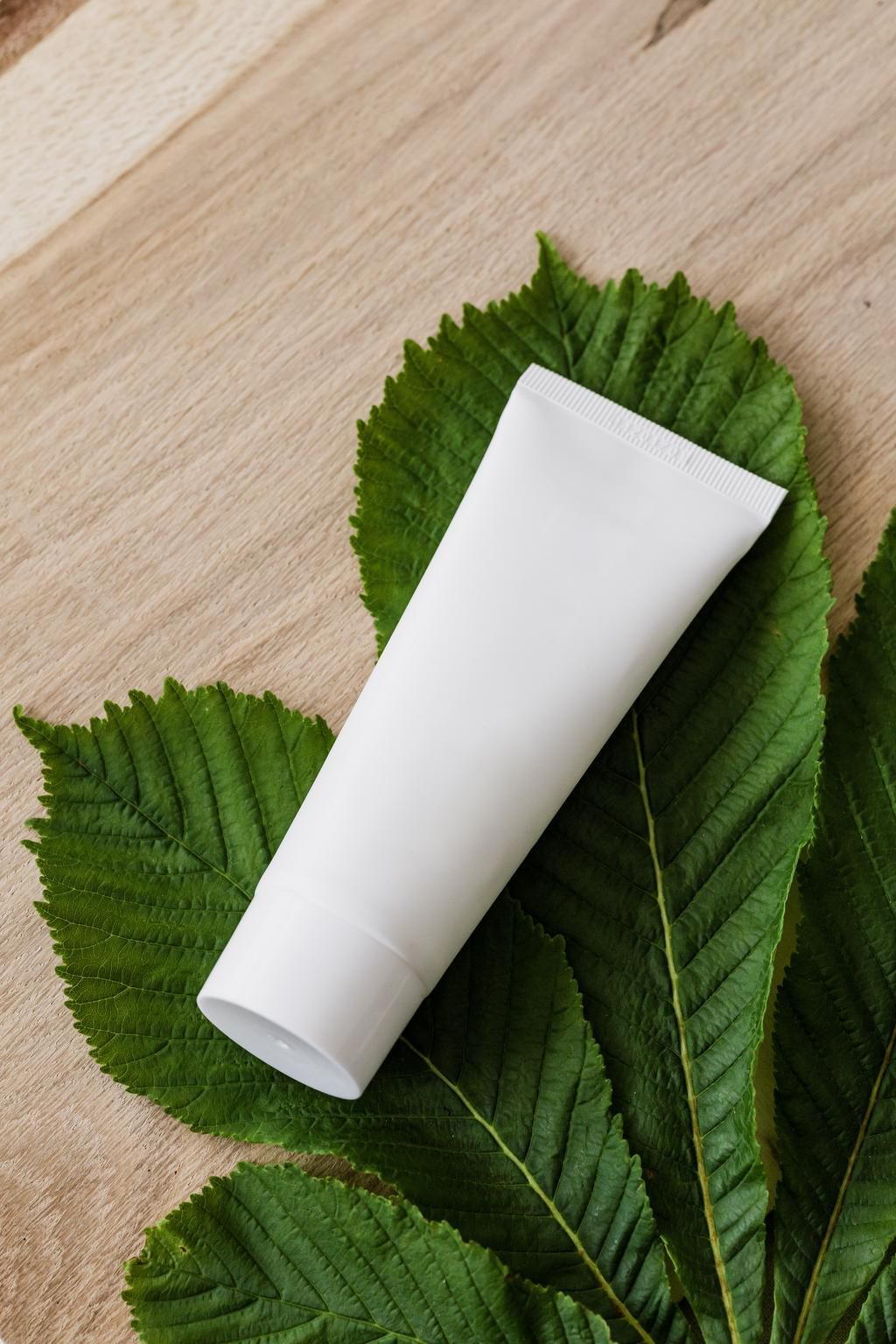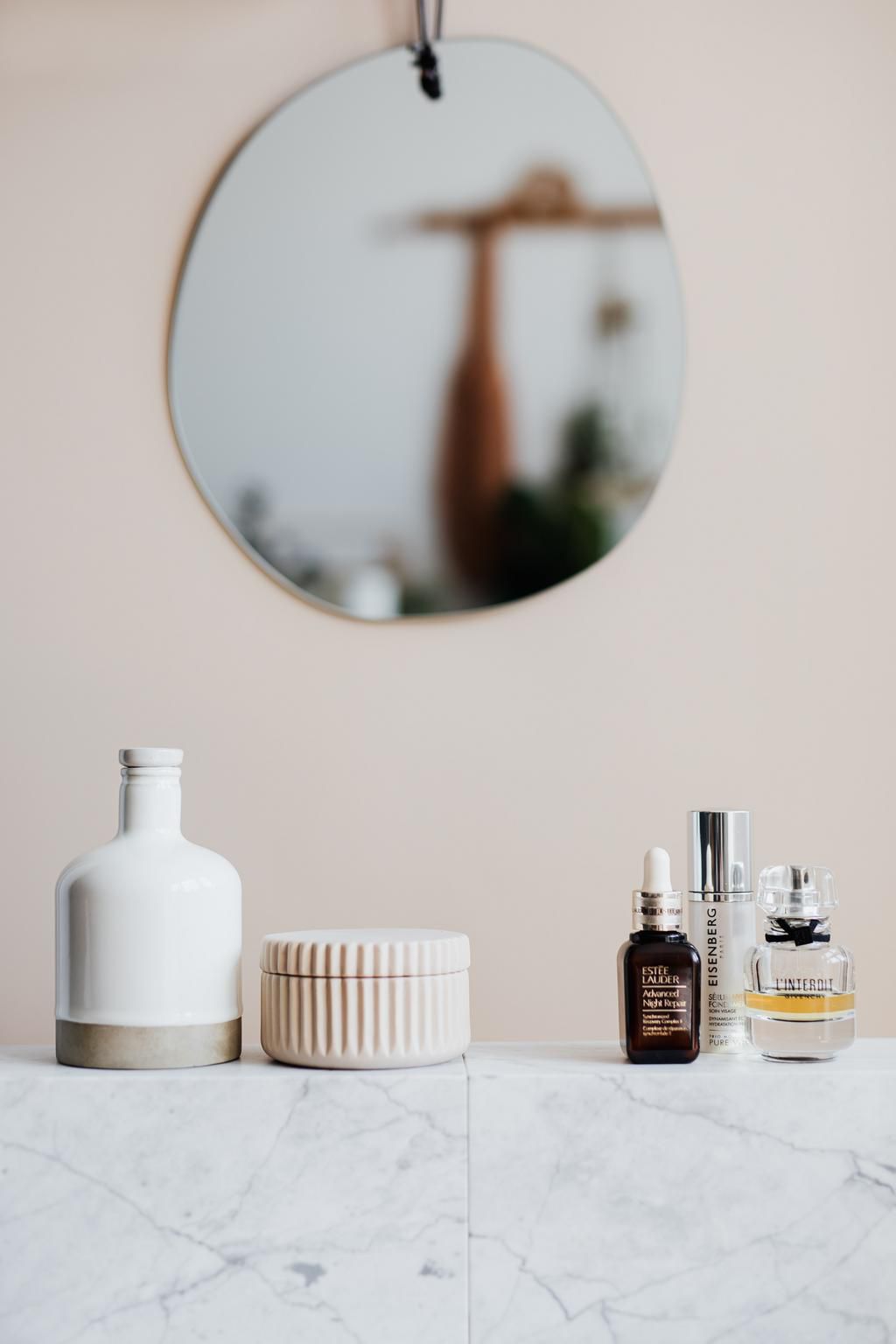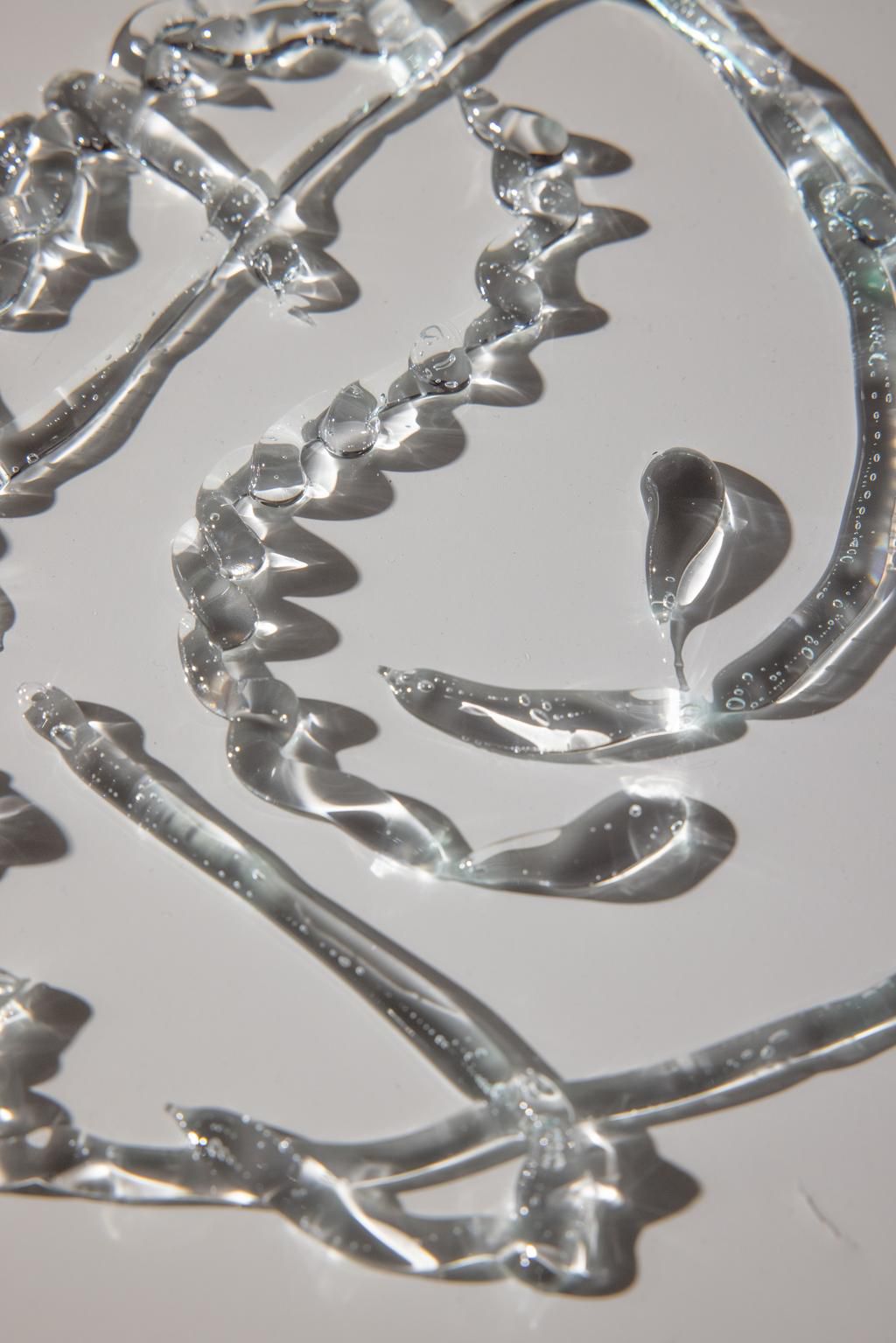8 ways to use aloe vera properly for skin care and more
)
The succulent-like leaves of the aloe plant are a source of a clear gel that has more than 751 different active compounds, including vitamins, minerals, sugars, enzymes, salicylic acids, and amino acids. It, therefore, goes without saying that all of these components have been shown to provide a wide array of benefits for skin care and beyond.
CHECK OUT: 4 ways to take care of your skin this year
Here are eight benefits of aloe vera for your face and more.
1. It soothes sunburn
Due to its natural moisturising and healing properties, aloe vera has demonstrated healing action for first and second-degree burns on the skin. This research has shown that aloin4, a compound found in the aloe plant, has anti-inflammatory properties that aid in the skin-healing process.
Aloe is also packed with antioxidants, and one antioxidant protein, in particular, called metallothionein, has been found to have a protective effect on skin that's been exposed to and damaged by Ultra Violet rays.
It is also incredibly hydrating, which could help combat the skin peeling that usually takes effect post-sunburn.
To use it as a sunburn soother, use gel. Slather on the affected area a gloop and feel the relief instantly. Make sure you buy 100% natural aloe, without any harsh additives that could aggravate the sunburn.
CHECK OUT: 5 foods that help wounds heal faster
2. Aloe vera helps fade dark spots
Skin conditions such as acne, burns, or simply the normal ageing process call cause dark spots on the skin, also known as hyperpigmentation. These spots can be stubborn to get rid of. But not for the compound aloesin found in aloe vera which lightens skin.
This study found that when applied four times per day for 15 days, aloesin was found to be effective in treating UV-induced and post-acne hyperpigmentation. Another study found that the topical application of aloesin can directly prevent hyperpigmented skin from producing more melanin which darkens the spots.
- How it treats spots
The salicylic acids in aloe vera make it a strong spot treatment. Simple dab a bit of aloe on the spots and let it do the magic. The hydrating aspect of the plant won't let your skin get inflamed.
3. Aloe vera moisturises skin
Aloe vera's moisturising properties are twofold. The leaf is rich in water, especially in the innermost layer and the sugars (mucopolysaccharides) work together to hydrate the skin and retain the moisture therein.
Aloe vera has been shown to increase the water content of the outermost layer of skin (stratum corneum), making it an ideal ingredient for dry skin types.
- How to create an Aloe vera face mask
- Grab your aloe (and other ingredients you wish to use).
- Mix aloe and other ingredients together in a bowl until you get a consistent spread.
- Apply the mask to your face and let sit for five to 10 minutes and no more than 20 minutes.
- Rinse your face thoroughly and pat it dry.
- Apply a cream or oil to keep all the moisture inside your skin.

4. Aloe vera makes a restorative scalp mask
All of the plant's beneficial properties for the skin such as moisturizing, anti-inflammatory, and antimicrobial also attend to the scalp.
Applying Aloe vera as a scalp mask can soothe irritation, exfoliate, replenish hydration, and even strengthen and smoothen hair follicles.
- How to use it as a hair and scalp mask
Grab your goop and apply it directly on your roots 20 minutes before you enter the shower. Give the scalp a gentle goop rub to aid in penetration.
Rinse thoroughly after 10 to 15 minutes and not more than 20 minutes.
5. Aloe vera has healthy ageing benefits for the skin
This plant is also a guardian of youthful skin through hydrating sufficiently. This sufficient moisture waves off the signs of ageing such as wrinkles and fine lines.
Aloe also stimulates the production of hyaluronic acid and collagen and elastin fibres in the skin. All these are necessary for keeping the skin hydrated, firm, and supple thus slowing down the age decline. Applying Aloe vera topically has been shown to help restore skin elasticity.
6. It can help clear up acne
Aloe has antimicrobial and anti-inflammatory properties and salicylic acids all of which combat breakouts such as whiteheads and blackheads.
One study found that the topical use of aloe in combination with tretinoin cream was found to be effective in treating inflammatory and noninflammatory acne.
CHECK OUT: 6 best remedies to clear ugly pores
7. Aloe vera soothes eczema
Skin conditions like eczema signal general inflammation and a compromised skin barrier. Aloe has restorative properties for broken skin barriers which could be prone to fungal and bacterial infections. Aloe vera is also considered an antiseptic-acting agent against fungi, bacteria, and viruses.

8. It treats and prevents dandruff
Dandruff is a form of seborrheic dermatitis, and aloe vera has been found to be an effective treatment for scalp irritation, scaliness, and flakiness caused by seborrheic dermatitis.
In one study, participants who applied aloe vera onto the scalp saw a significant reduction in symptoms, namely scaling and itching. According to another body of research, the antibacterial and antifungal properties of the plant help prevent and treat dandruff altogether.
Aloe extract vs. Aloe vera gel

A product infused with aloe extract might not give the same results as slathering on a fresh aloe gel. However, these extract products can have some skin-soothing benefits and some of them have enhanced hydrating agents.
But when it comes to burns or if you want aloe, a 100% pure gel is the best option. Even then, try to use a fresh aloe leaf from the market as gels too can include irritating preservatives or fragrances.
)
)
)
)
)
)